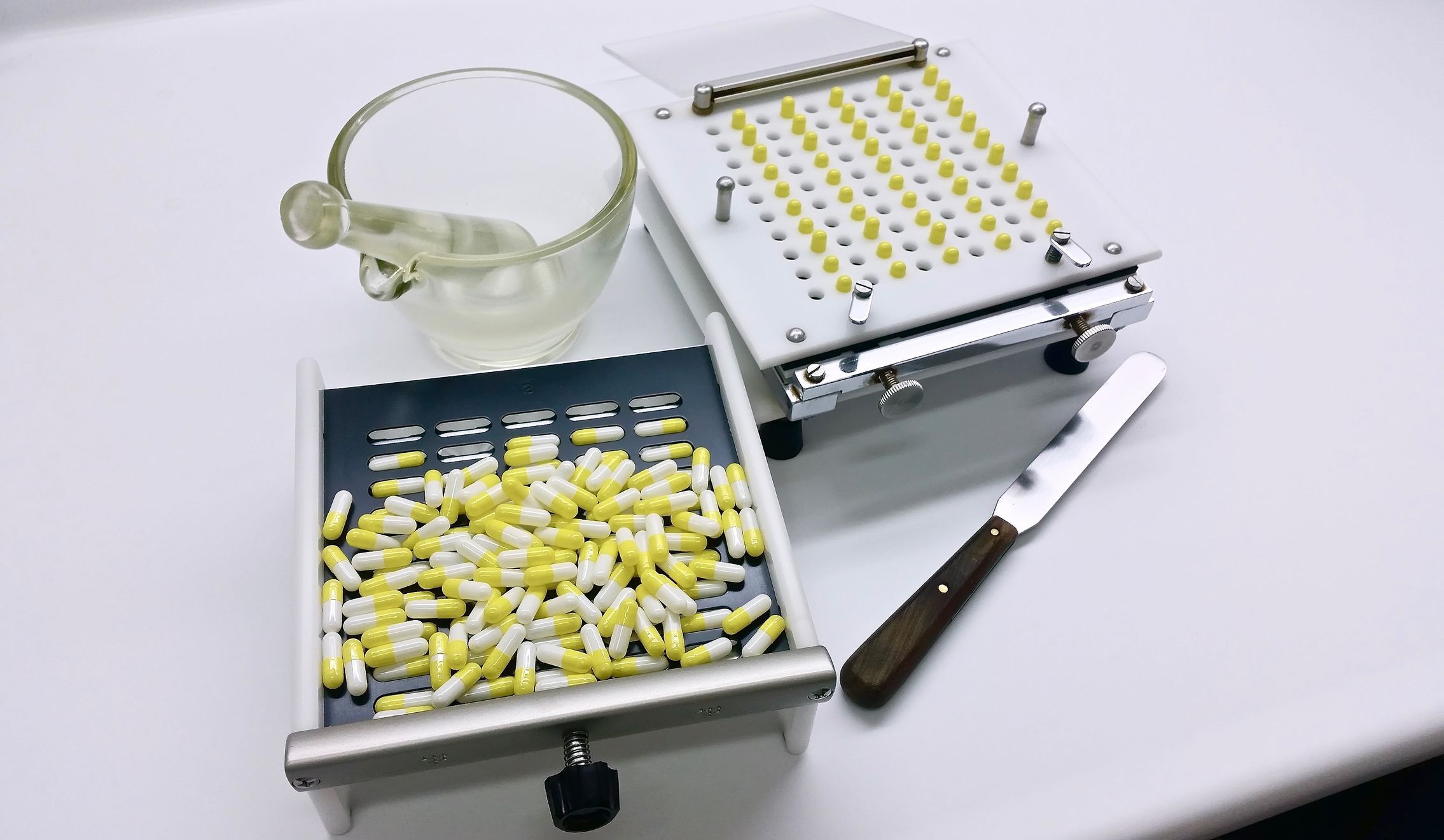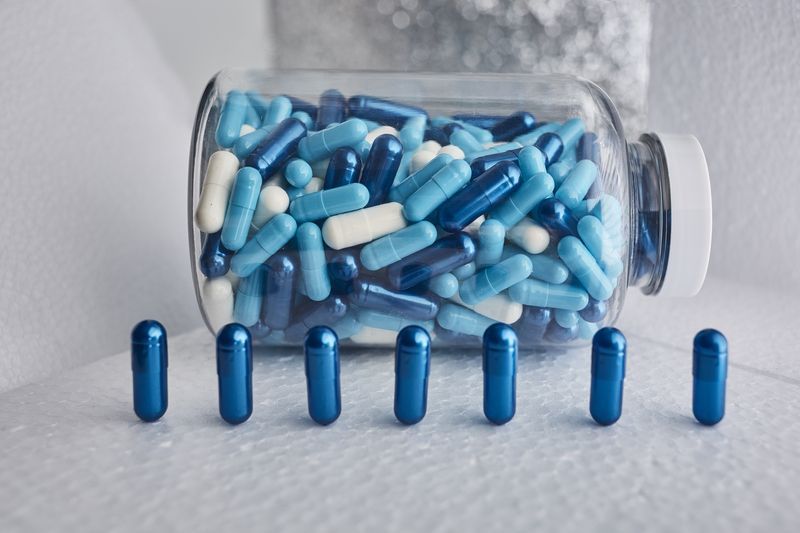A Brief History and Overview
Methylene Blue traces its origins back to the mid-19th century, when it was first synthesized by German chemist Heinrich Caro. Initially used as a textile dye, its medical potential was soon recognized, leading to adoption in multiple branches of medicine. Today, Methylene Blue is valued for its diverse applications — from staining tissues in histology to treating methemoglobinemia and even showing promise in neurodegenerative and infectious diseases.






